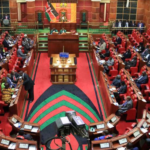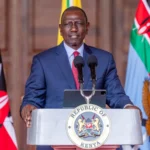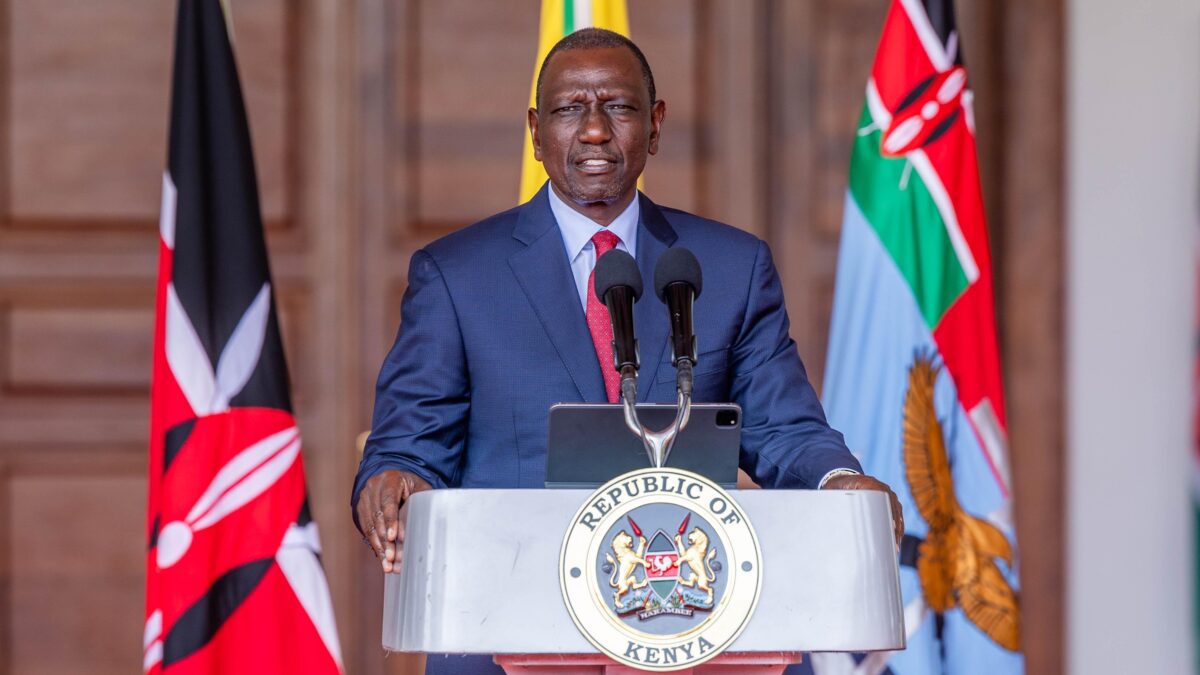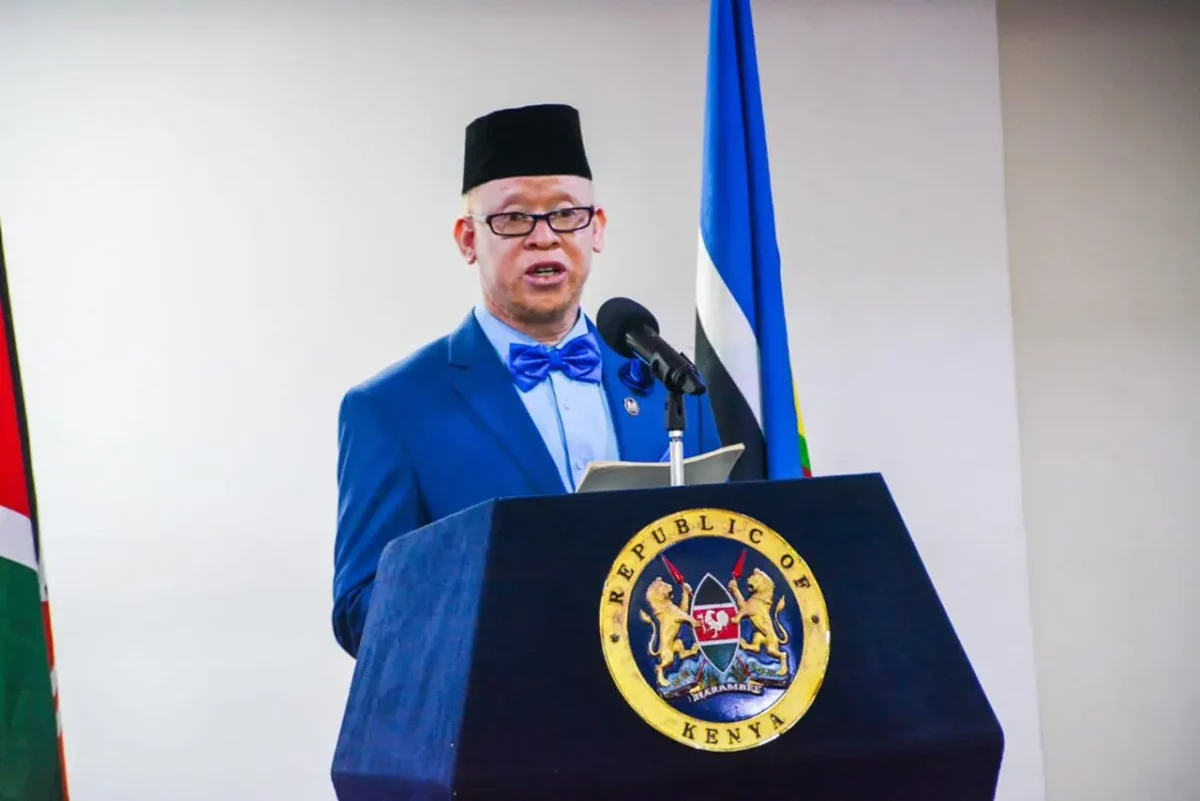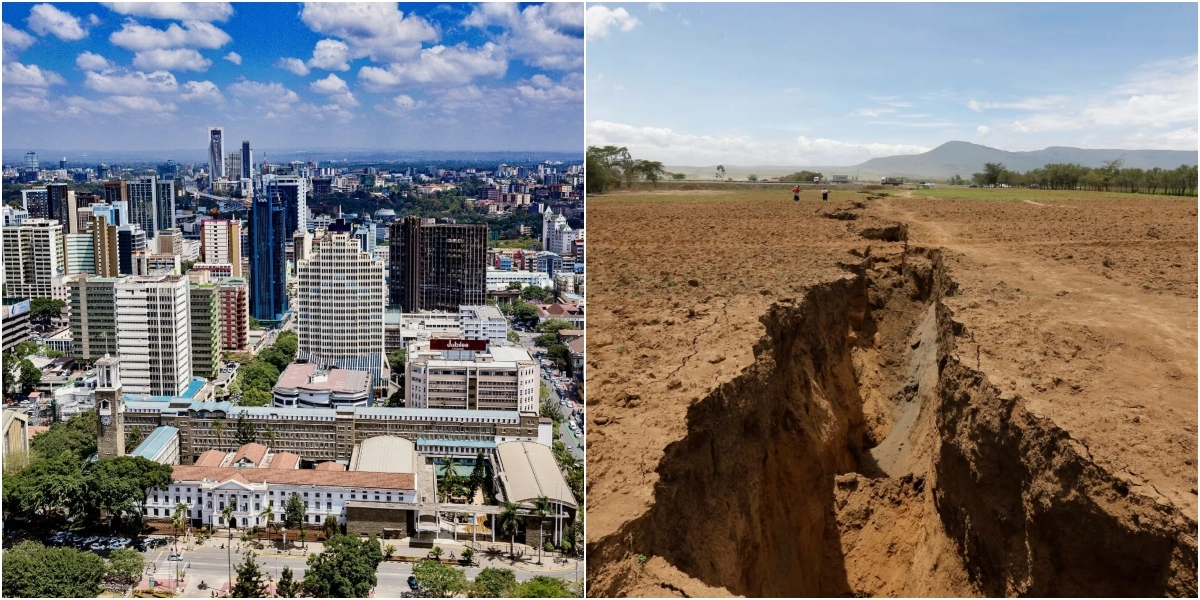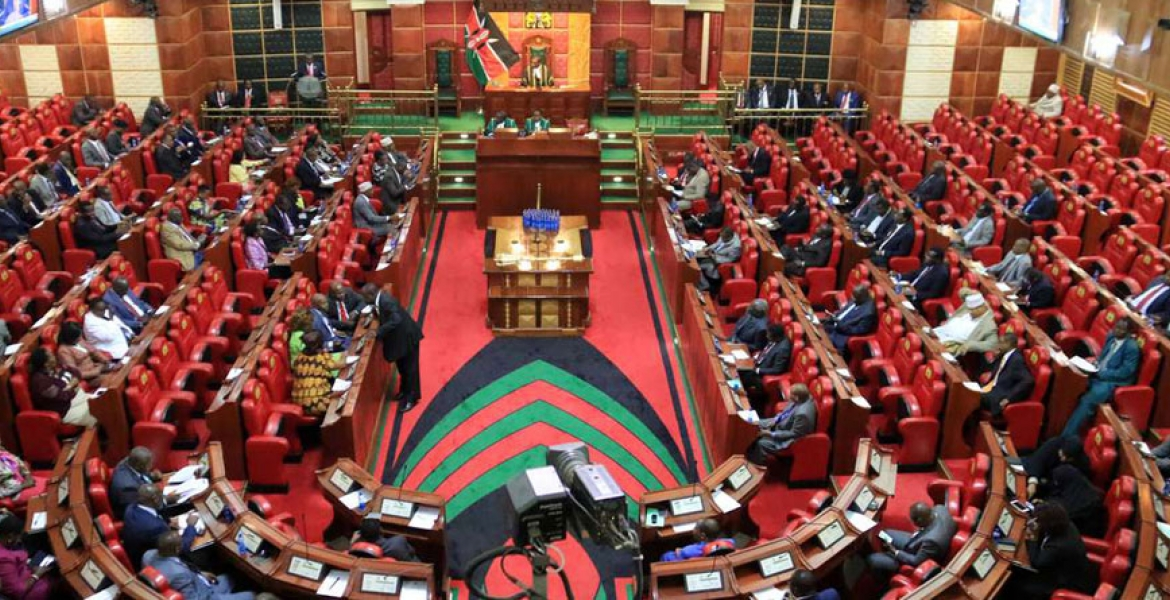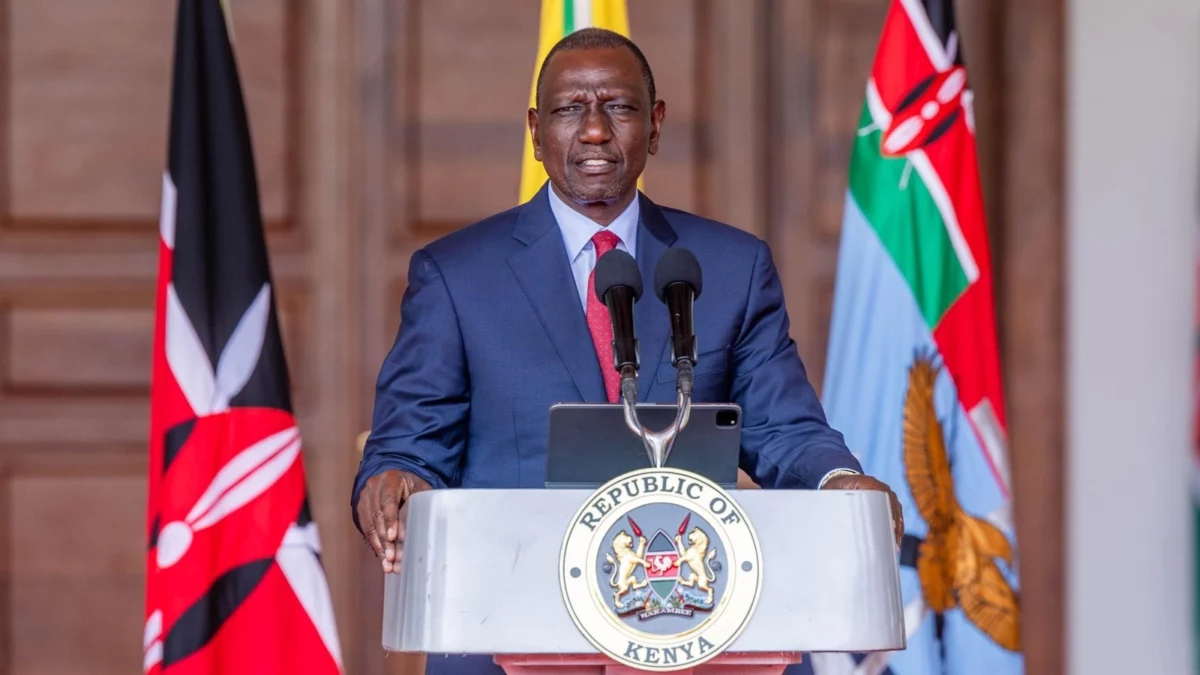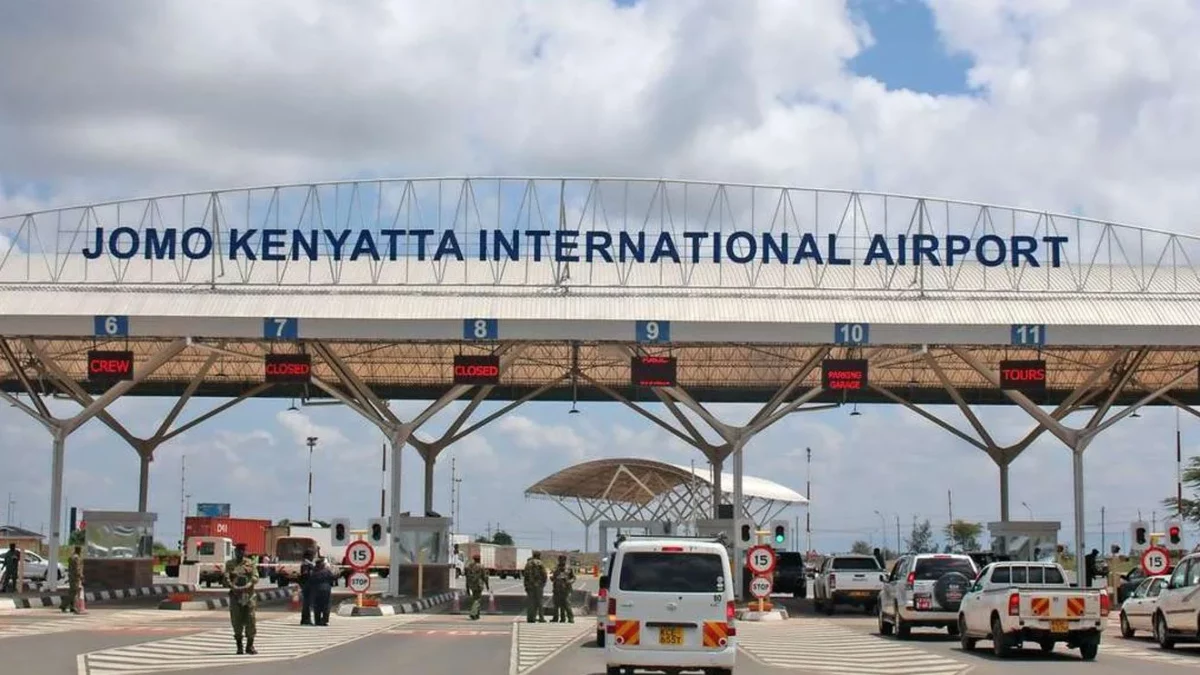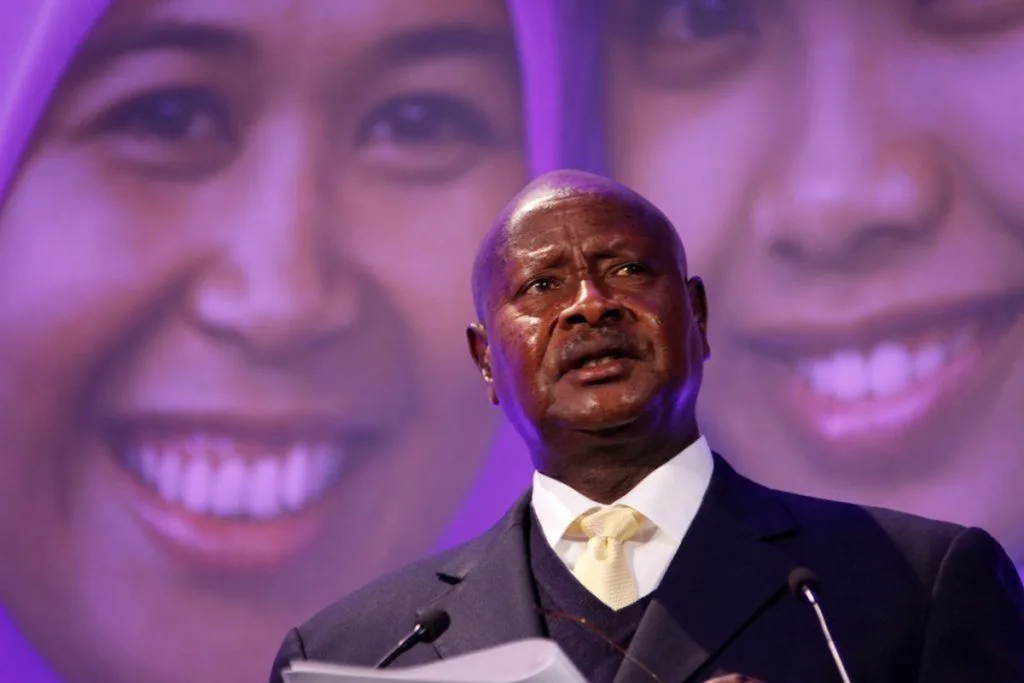By World Bank Group
- The latest World Bank economic analysis for
the country highlights the success of education reforms, and
recommendations for continued improvement. - Kenya provides education services for over 16
million children and youth, with almost 500,000 teachers distributed in
close to 90,000 schools. - The education system is also expanding to
accommodate more students, especially in pre-school and post-primary
education.
Education CS George Magoha.
[COURTESY]
Kenya’s
education sector has improved quickly, despite disruption by COVID-19
(coronavirus).
Before the pandemic, the government embarked on ambitious
reforms which sought to improve the quality of education through several
approaches; a competency-based curriculum (CBC), reforming professional teacher
development, textbook policy, and management practices at the local level.
These
reforms have made Kenya a top education performer in Eastern and Southern
Africa, according to the Kenya Economic Update, Edition 25: Aiming High, Securing
Education to Sustain Recovery.
The report outlines the key
messages from the new World Bank Public Expenditure Review (PER) in basic
education and highlights Kenya’s impressive achievements, challenges, and the
way forward.
The
report notes that Kenya’s real gross domestic product (GDP) is projected to
grow by 5.5% in 2022 and 5.2% on average in 2023–24, a moderation following a
remarkable recovery in 2021 from the worst economic effects of the pandemic.
Education will need additional resources from this economic growth even while
the country continues to recover from COVID-19, reduce inequities and expand
the system and implement ambitious in a context of fiscal consolidation.
“Learning
remains one of the most critical assets for any country to promote equitable
growth and poverty reduction, and that cannot happen without a solid
foundation,” said Pedro Cerdan-Infantes, World Bank Senior Economist. “While
the Education sector faces treacherous sources of inequality including uneven
quality and results, Kenya has embarked on ambitious reforms to address the
quality issues rather than considering the job done by virtue of near-universal
access and coverage.”
Kenya’s education sector is recovering from the COVID-19 crisis after
years of impressive improvements in outcomes, while implementing ambitious
reforms that started before the pandemic. Between 2017 and 2019, the number of
pre-primary schools increased by 11 percent and the number of secondary schools
by 17 percent. – [Photo: Billy Mutai, World Bank ]
Top
education performer in Eastern and Southern Africa
Primary
education is reaching universal levels while secondary school enrolment
increased by over 50% in the seven years before the pandemic.
These
achievements have resulted directly from increased spending and enrolment at
all levels, as well as consistent improvements in learning outcomes before the
pandemic.
Performance
also improved in numeracy (mathematics) and languages (English and Kiswahili).
For example, performance in Class Three mathematics, English and Kiswahili
improved in 2016 and 2018. Minimum requirement satisfaction increased by 6% in
numeracy,16% in English, and 6% in Kiswahili.
Regionally, Kenya is outstanding
in reading, the report notes. Numeracy dropped in 2018 against neighboring
countries, however, early grade mathematics assessments between 2015 and 2021
improved from 71% in 2016, to 80% in 2021 in secondary schools.
Final secondary
examinations (KCSE) performance improved from 11% in 2017 to 18% in 2021.
According
to the report, these improvements resulted from sustained high spending on
education.
Expenditure has reached international benchmarks, both as a share of
total government expenditure (TGE) and as a share of gross domestic product
(GDP).
TGE as a share of GDP reached 5.3% in 2018, higher than the average for
other lower middle-income and upper middle-income countries, except for South
Africa.
The share of the government budget on education also increased,
reaching 19% in 2020. Education spending per capita is also relatively high
compared to countries in the region, which the report highlights is a key
factor in quality education.
Despite
these gains, challenges abound. Kenya has huge regional inequalities in all
education outcomes.
While most counties exceed 12 expected years of school,
very low outcomes are concentrated in a few counties in the north and northeast
of the country, in arid and semi-arid areas with EYS as low as 6.5 years.
Only
Nairobi County is near completing 12 years of Learning Adjusted Years of School
(LAYS).
Education
outcomes are much lower in rural areas and for lower income populations.
Net Enrollement Rates (NER) are significantly higher in pre-primary, primary and
secondary education, for children from households in the top 20% of income
distribution, when compared to the bottom 20%.
Compounded
by the pandemic, these challenges have led to learning losses and deepened
inequalities in education.
Around 17 million students and more than 320,000
teachers were affected by the closure of 30,000 primary and secondary schools
in 2020.
Schools gradually reopened from October 2020 to January 2021. Efforts
to provide remote learning revealed a significant digital divide, with over 50%
of the students being left out, mainly due to lack of appropriate electronic
devices, access to electricity and internet connectivity.
The
report proposes several policy recommendations centred on adequacy, equity and
efficiency in resource use as the school system prepares to expand to
accommodate more students, especially in pre-k and post-primary education.
Continued and accelerated improvements in the sector will depend on:
- Adequate resources to
achieve sector objectives and implement ambitious reforms by protecting
spending in the short-term - Prioritizing actions and
mobilizing additional resources in the medium term - Allocating resources more
equitably, particularly development spending, teachers and school
capitation grants - Using resources efficiently
by exploiting data more effectively in management, particularly at the
local level, as well as improving coordination and reducing fragmentated
management of the sector




